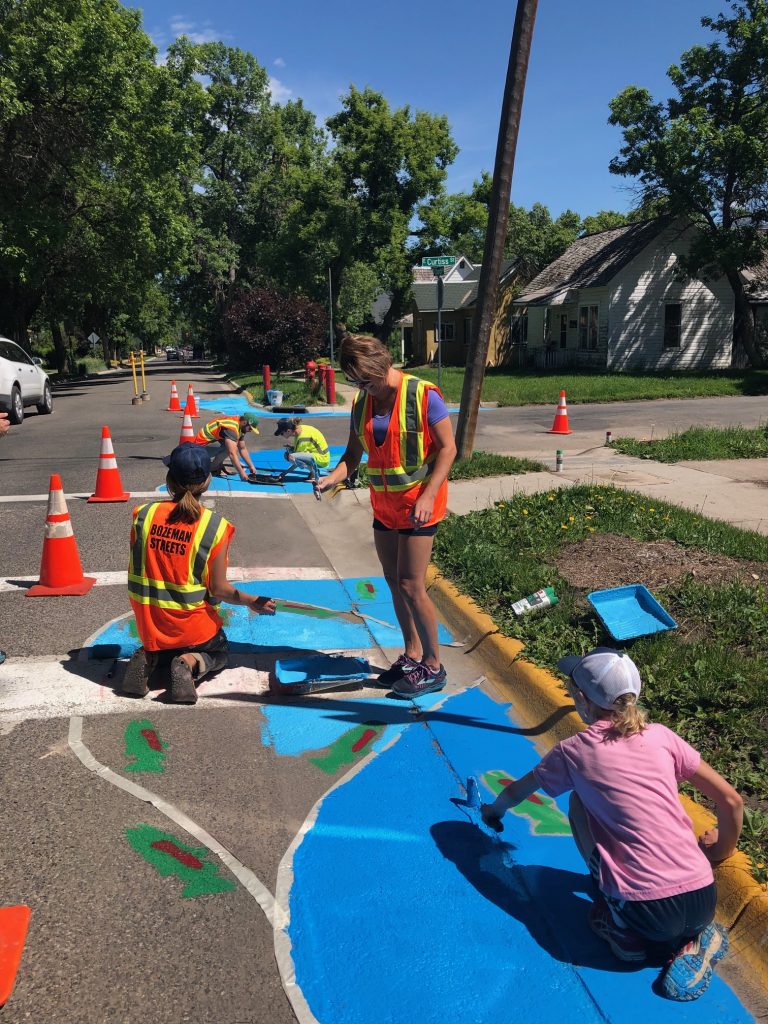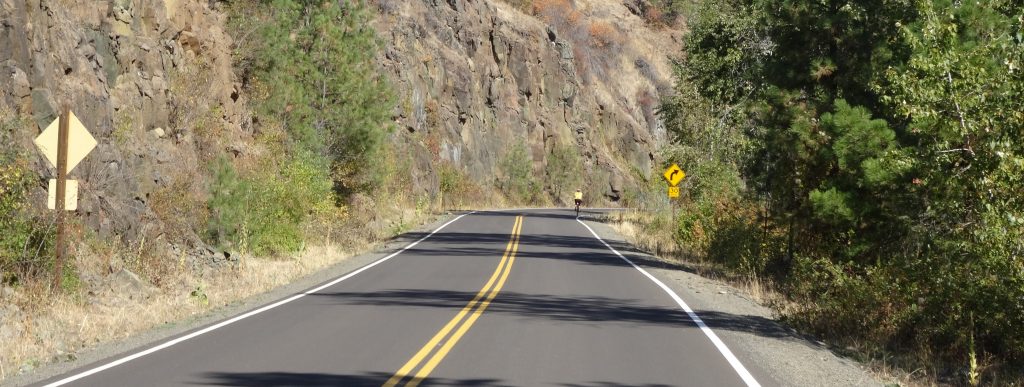WTI wins AARP Community Challenge Grant for Bozeman Street Project

Congratulations are due to WTI and the City of Bozeman, recently selected for a Community Challenge grant awarded by the American Association for Retired People (AARP). WTI partnered with the City to submit a proposal for a traffic calming project, which will include pedestrian crossings, curb extensions, and traffic circles. It will build on ongoing […]
Research Update – Are Wyoming Deer and Antelope Using Existing Underpasses to Cross Highways?
WTI is conducting a research on behalf of the Wyoming Game and Fish Department (WGFD) and the Wyoming Department of Transportation (WYDOT) to explore mitigation options for reducing wildlife vehicle collisions along Interstate 25 in central Wyoming. WYDOT and WGFD would like to explore the possibility of funneling large mammals, particularly mule deer and pronghorn, […]
Developing Scenic Bikeways in Rural Areas: New Resource Available

Could a scenic bikeway attract more bicycle tourists to the parks, historic sites and other attractions in your area? Is your agency responsible for operating and maintaining a rural road where a bikeway is proposed? A new resource is now available that can help agencies that oversee rural roads develop safe routes that enhance bicycle […]
New Publication: How do wildlife fencing and crossing structures affect small mammals?
While wildlife fencing and crossing structures have been shown to reduce the effect of roads on medium and large animals, less is known about how these structures affect the movements of small mammals. The Canadian Journal of Zoology has published “Factors affecting the permeability of road mitigation measures to the movement of small mammals,” an […]
On the Road in Wyoming
WTI Research Scientist Marcel Huijser traveled to Jackson, Wyoming on July 18, where he was invited to speak on Road Ecology research and advancements at the Teton Wildlife Rehabilitation Center. The WTI road ecology team has previously led projects in this region. Read about the Teton County Wildlife Crossings Master Plan.
